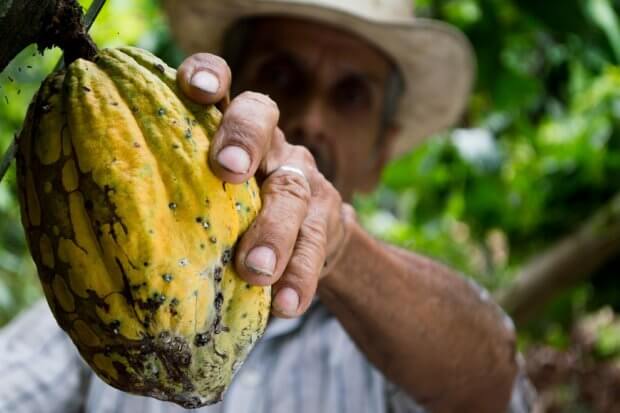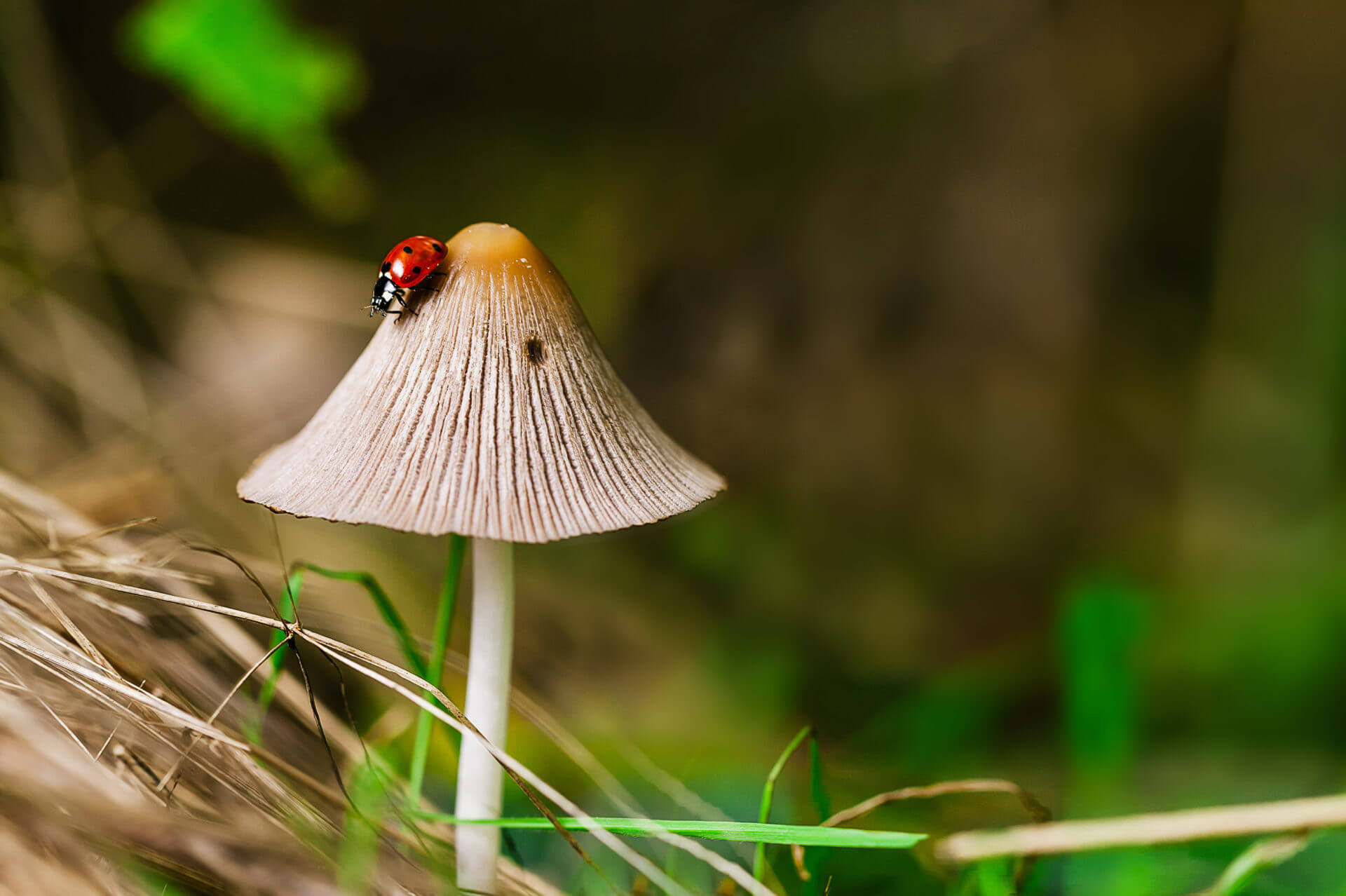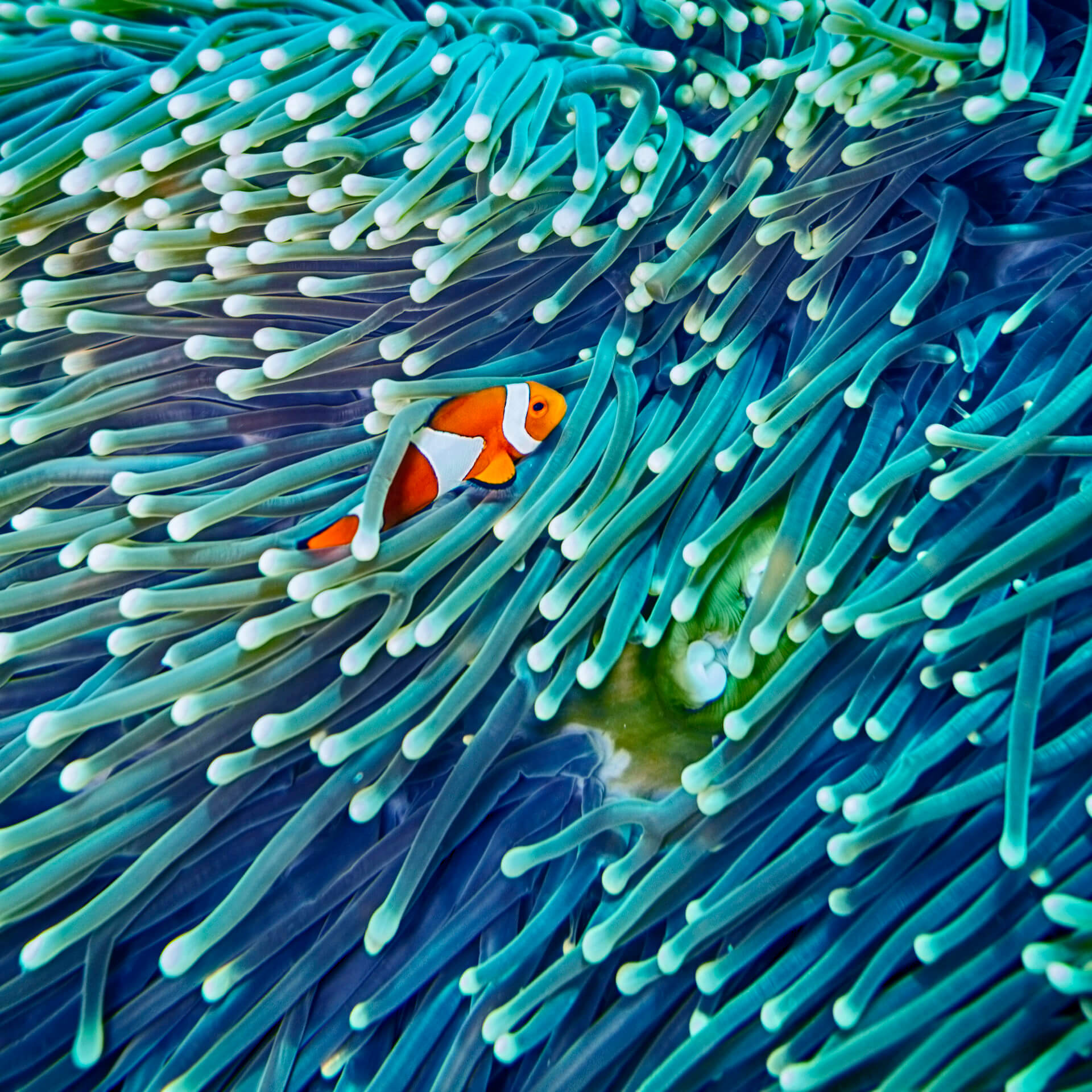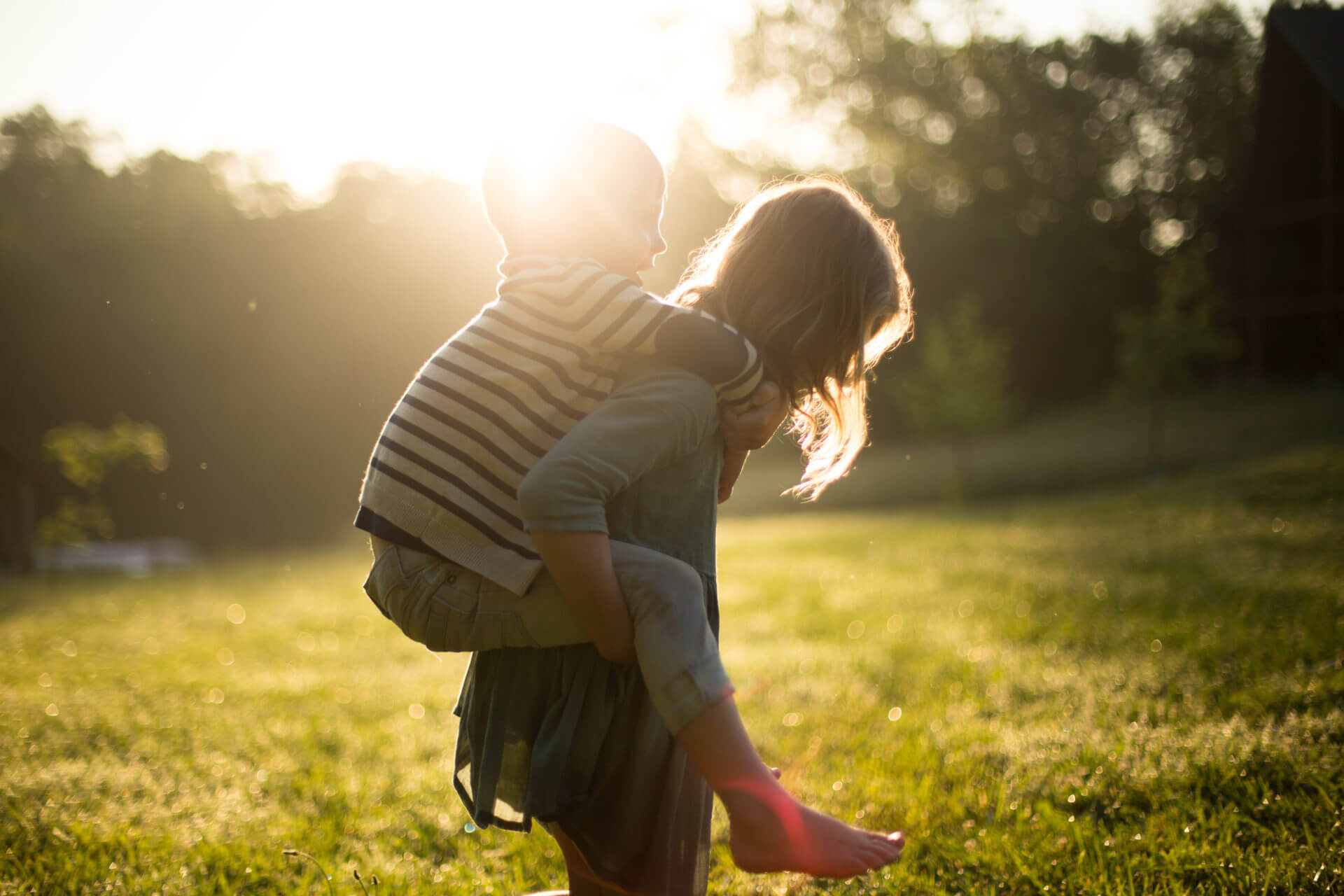
Regenerative development and design: improving governance, innovation and planetary health
Humans have pushed several planetary boundaries out of their safe operating space and inequalities within and between countries are rising… Our current societal and environmental challenges require a meta-response. This is what Regenerative Development and Design (RDD) aims to bring.
As part of the Belgian Presidency of the Council of the European Union, the Federal Public Service for Public Health, Food Chain Safety and the Environment organized an event on 11th April 2024 that brought together civil society, companies, academics and policymakers to explore RDD and what possibilities it can bring. Together, they formulated recommendations for progress in this field within the EU. These recommendations were bundled in an event report that is now available. Four categories of recommendations were identified: reframe, re-inspire, rethink decision-making and redirect resources.
Besides the event report, the Federal Public Service for Public Health, Food Chain Safety and the Environment releases a study exploring the concept: Regenerative Development and Design – Its origins, essence, practice and potential as a meta-discipline to elevate governance, innovation and planetary health. You can find this study at the bottom of the page.
The study was written by Leen Gorissen (founder of Centre4NI) with contributions from Karla Bonaldi (Environment and Circularity Expert at HAEDES), Lénia Rato (Biology and Ecology Specialist at HAEDES) and Piet Haerens (founder of HAEDES) for the analysis of European legislation.
But what is Regenerative Development and Design?
Regenerative Development and Design is based on a holistic worldview that sees humans and economies as an integral part of nature. Every human creation functions within a living planet made up of interconnected living systems. The evolutionary drive has been key to life’s four billion years of success on our planet. Ignoring natural evolution in the design of our systems leads to conflict with nature and with ourselves.
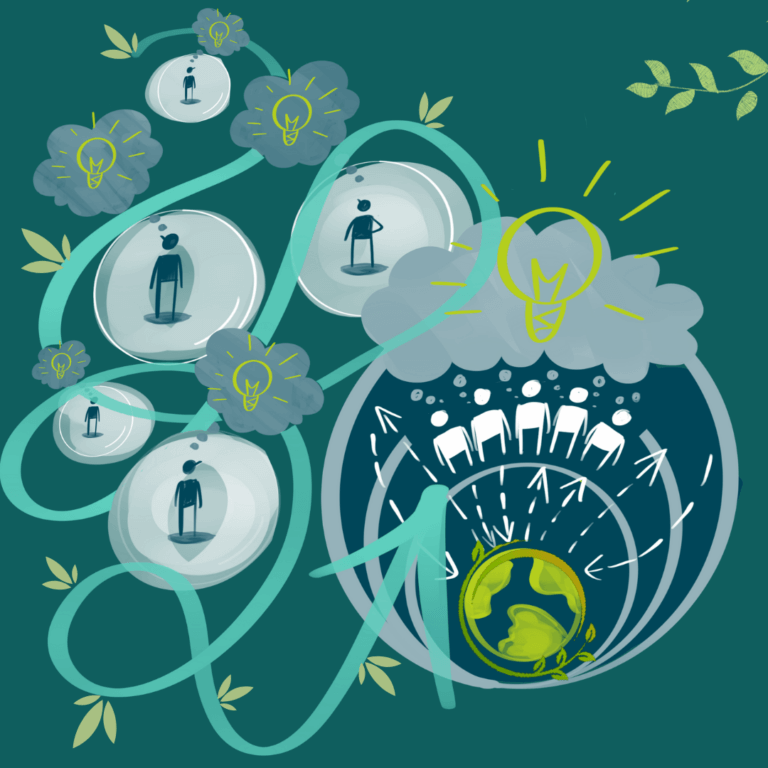
Regenerative development goes beyond sustainability to create true prosperity. It is about sustaining qualitative growth for the well-being of all life on Earth, human and non-human, in cooperation with nature. For humanity to prosper, the planet must prosper too. RDD is based on ancient Indigenous knowledge, Eastern spiritual traditions and philosophies and recent scientific insights from modern Western science.
It is at the level of local communities, towns and bioregions (1) that our individual and collective behavior can make a difference. RDD enhances the unique qualities of places and people, ensuring the relevance and resilience of projects. In living systems, each system contributes to the development of the larger one and receives in return nourishment for its own.

By focusing on potential, we bring to the fore what we value and seek to make systems evolve. The study presents examples of regenerative success stories, including in the corporate world. Unlike problem-solving, which makes us look backwards, this approach pushes us forward by creating new values. Problem-solving focuses on a broken fragment without taking into account the overall context within which the problem is a symptom. This can distract from the objective and demotivate.
Public policy plays a crucial role in the regeneration of living systems. The study examines how RDD can enrich current approaches (circular economy, just transition, nature-based solutions…) and EU environmental legislations, as well as the challenges and potential of this approach. New policies often face constraints that weaken their ambition. RDD helps reconcile these forces rather than compromise, revealing untapped potential.
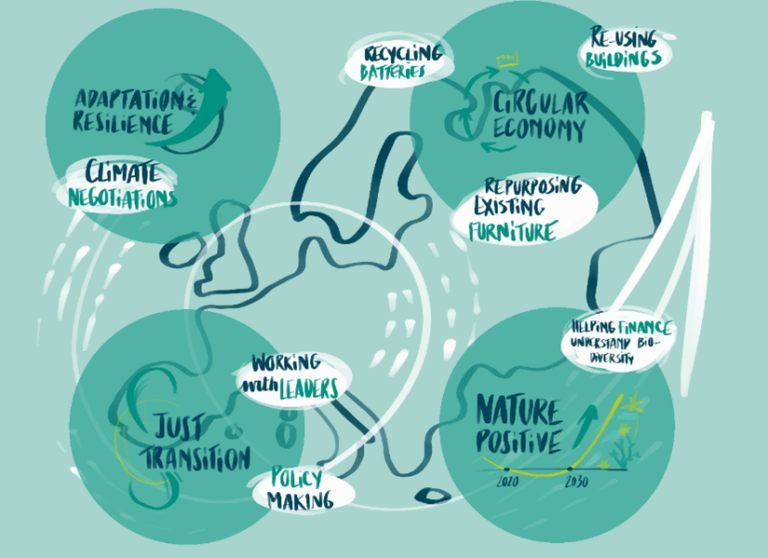
To find out more about “Regenerative Development and Design” and the recommendations, download the study and the event report.
Aftermovie of the event on 11 April 2024
View an example of an RDD project created by our partner Axa Climate.
(1) A bioregion is a geographical area defined by its natural characteristics, including ecosystems, relief, climate and biodiversity. This concept is based on the idea that natural boundaries, such as rivers, mountain ranges or climatic zones, influence the interactions between living beings and their environment. Bioregions can be small or large and are often used as units for environmental planning and management, recognizing the interconnections between natural habitats and human communities.
Actus Associés

Save biodiversity by eating better
Our food choices have significant effects on biodiversity and ecosystems, but also on our health. Among other things, intensive meat production is responsible for the destruction of many ecosystems around the world and excessive meat consumption is a source of various diseases. Yet demand is growing on an increasingly populated planet with limited natural resources. As individuals, do we have a role to play in mitigating this trend in a globalised world? The answer is yes!
See more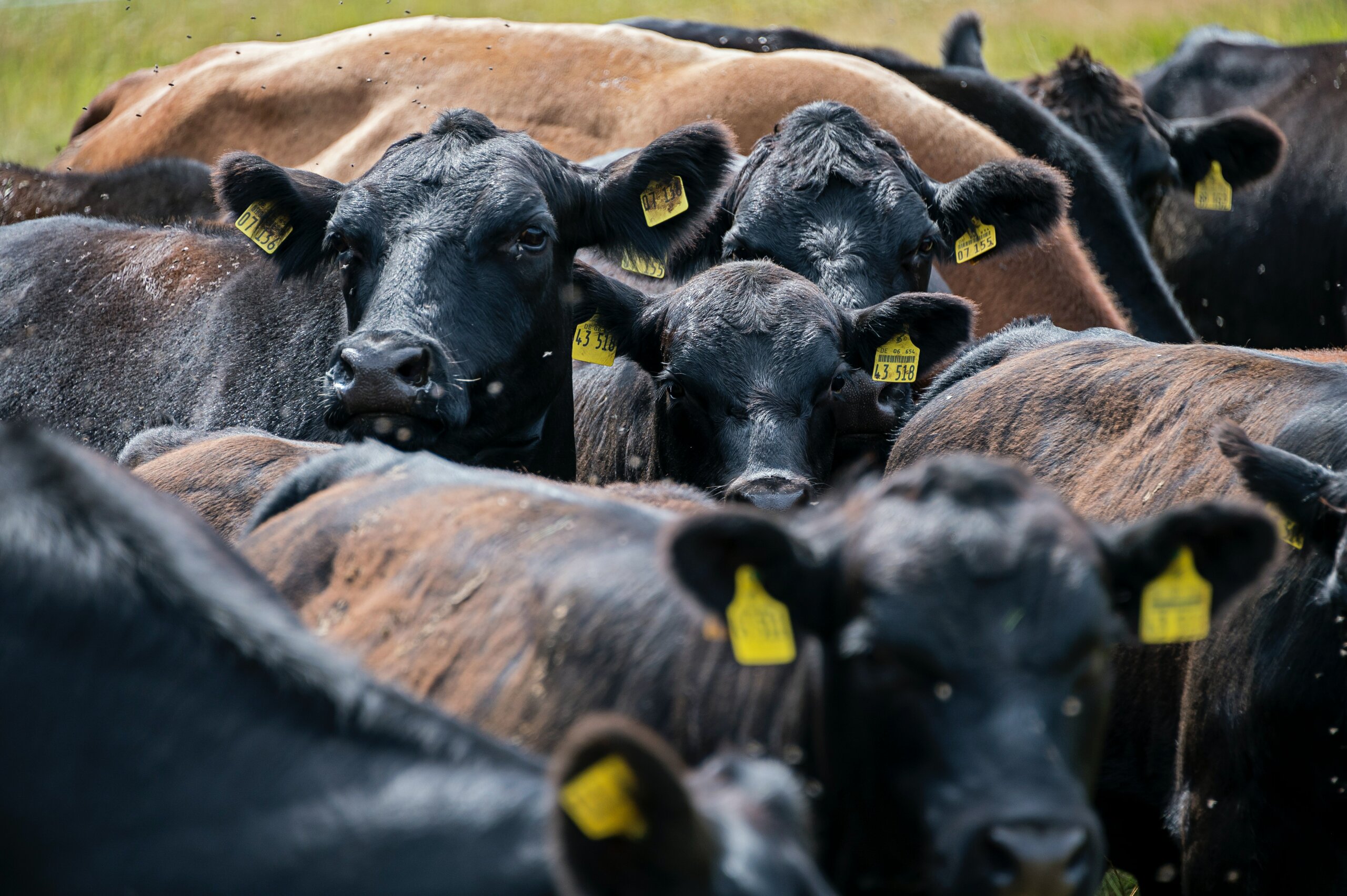
A very meaty diet: what consequences for biodiversity?
Did you know that, in the European Union, the food industry is the main cause of environmental damage, followed by housing and mobility?[1] Although many consumers are aware of this, we tend to underestimate the effects of our eating habits on the environment.[2] While this is not good news, it does mean that our choices can make a real difference. But can we really protect biodiversity at mealtimes?
See more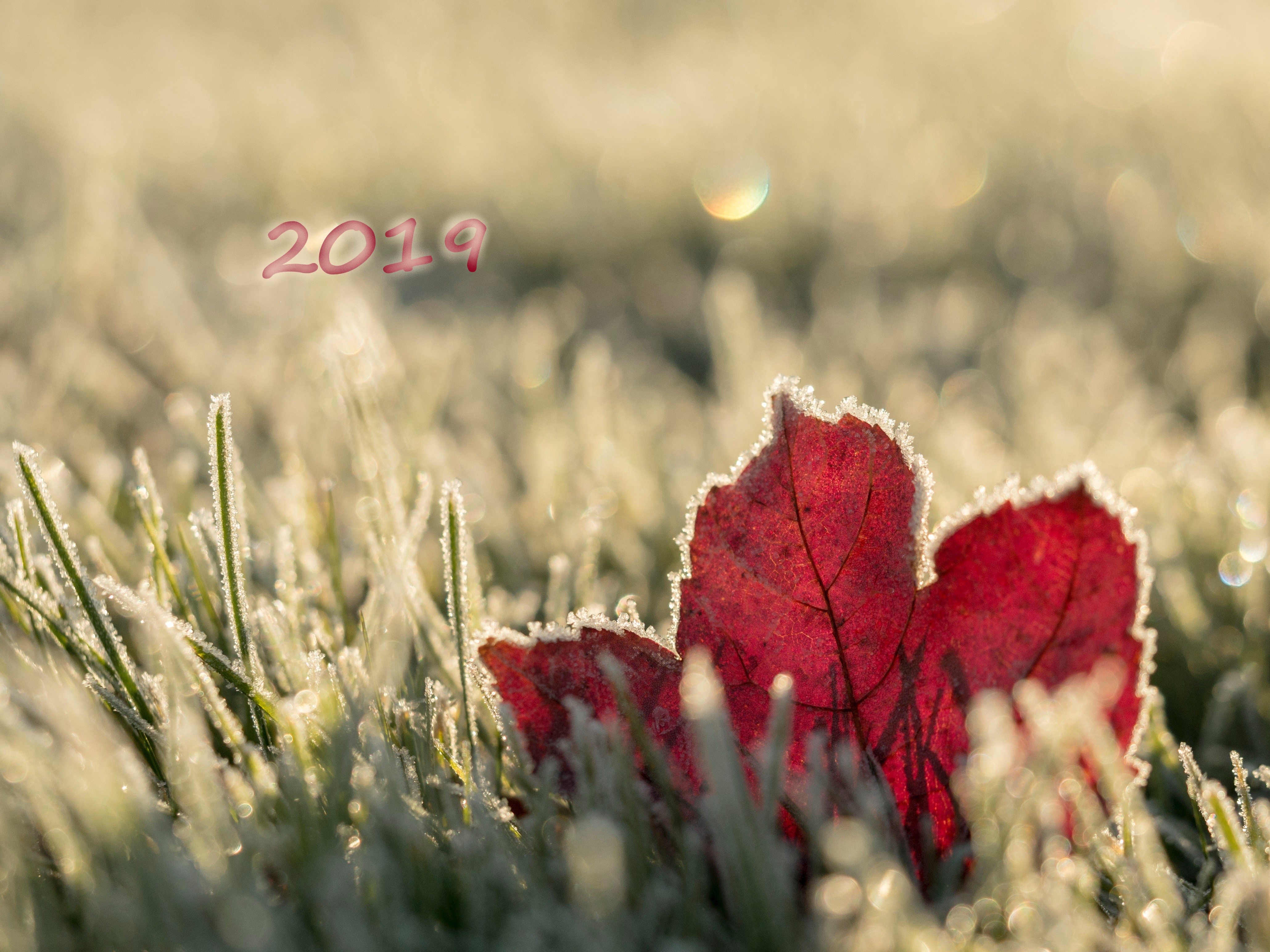
A Happy New Year 2019 focused on biodiversity!
Is the year-end holiday season behind you? No more crazy shopping for gifts, no more hearty meals… until next year! As this period is behind us, let’s now take the time to ask ourselves what a celebration such as Christmas represents in terms of impact on biodiversity. And most importantly, what can we do to reduce our footprint during the holidays, whatever they may be?
See more

